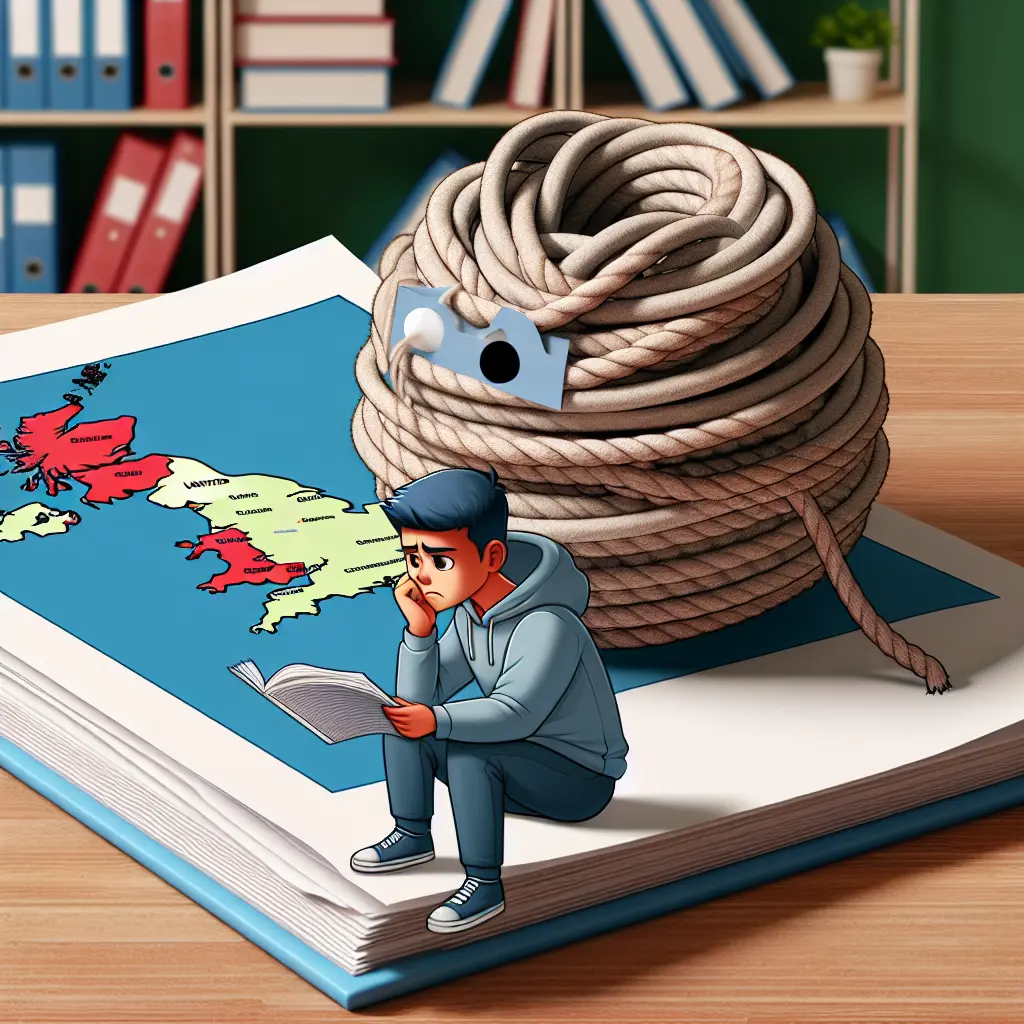The UK immigration landscape is undergoing significant changes, with the Border Security Command stepping up its efforts to tackle the ongoing challenge of small boat crossings across the English Channel. As these crossings surpass 19,000 this year, the new Home Office team is keen on achieving one of the highest rates of removals since Theresa May's time as Prime Minister.
Yvette Cooper, the current head of the Home Office, has signaled a decisive move to bolster border security. Her approach includes revisiting previous government plans, which involve reopening two key immigration centers. This step is part of a broader strategy aimed at enhancing the UK's ability to manage and regulate immigration more effectively.
The increase in small boat crossings has become a critical focus for UK immigration officials. The aim is not only to prevent illegal entry but also to streamline processes for handling those who do make it to British shores. The challenge lies in balancing humanitarian considerations with national security and public order.
To achieve these ambitious targets, the Home Office's top team has outlined several strategic objectives:
Increase Removals: By leveraging past strategies from Theresa May’s administration, the aim is to remove individuals who do not meet asylum criteria more efficiently.
Strengthen Collaboration: Working closely with European partners to monitor and control cross-Channel routes is crucial.
Enhance Detection Technologies: Investing in advanced technologies to detect and intercept small boats before they reach UK waters.
Expand Immigration Facilities: Reopening and potentially expanding immigration centers to handle increased numbers humanely and effectively.
The Path Forward
Implementing these measures requires a coordinated effort across various government agencies and international partners. The emphasis is on creating a system that is both robust and compassionate, ensuring that those genuinely in need of asylum are distinguished from those attempting to bypass legal immigration routes.
The path to effective immigration control is fraught with challenges, but with clear strategies and determined leadership, progress is achievable. As the UK continues to navigate the complexities of modern immigration, staying informed and engaged with these developments is crucial for all stakeholders.
Thank you for joining us on this exploration of UK immigration policy. Stay informed and involved as we delve deeper into how these changes will shape the future of Britain's borders.










Leave a Comment